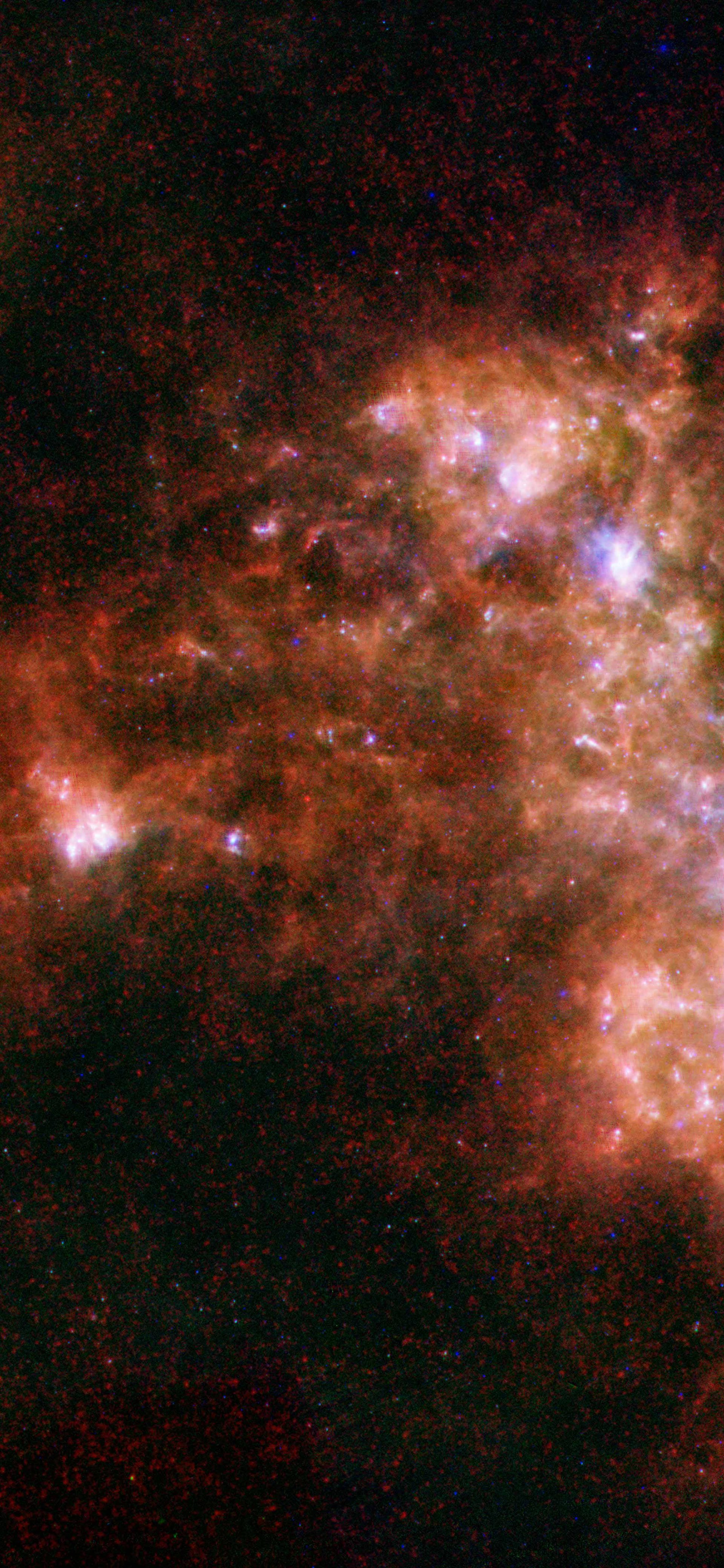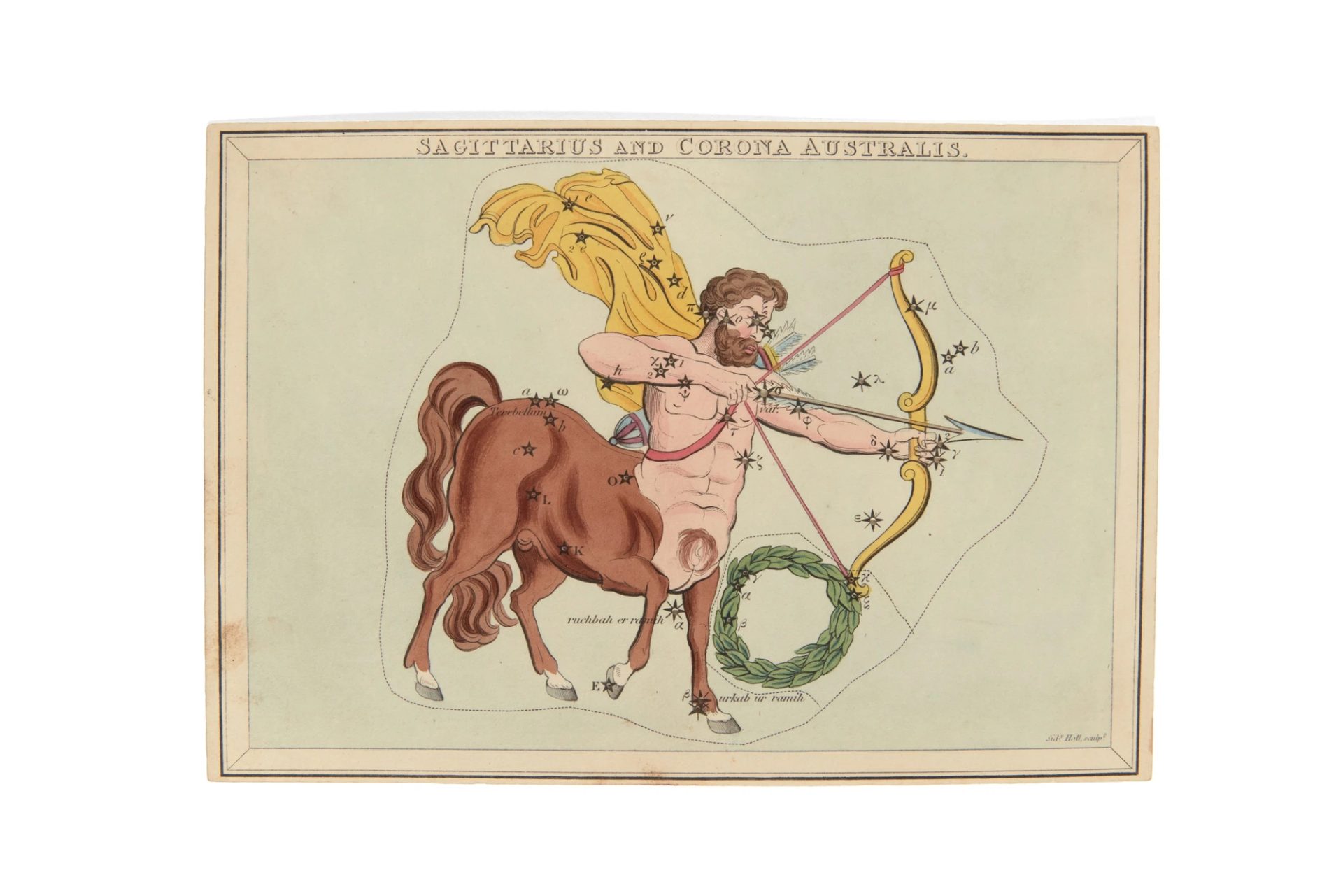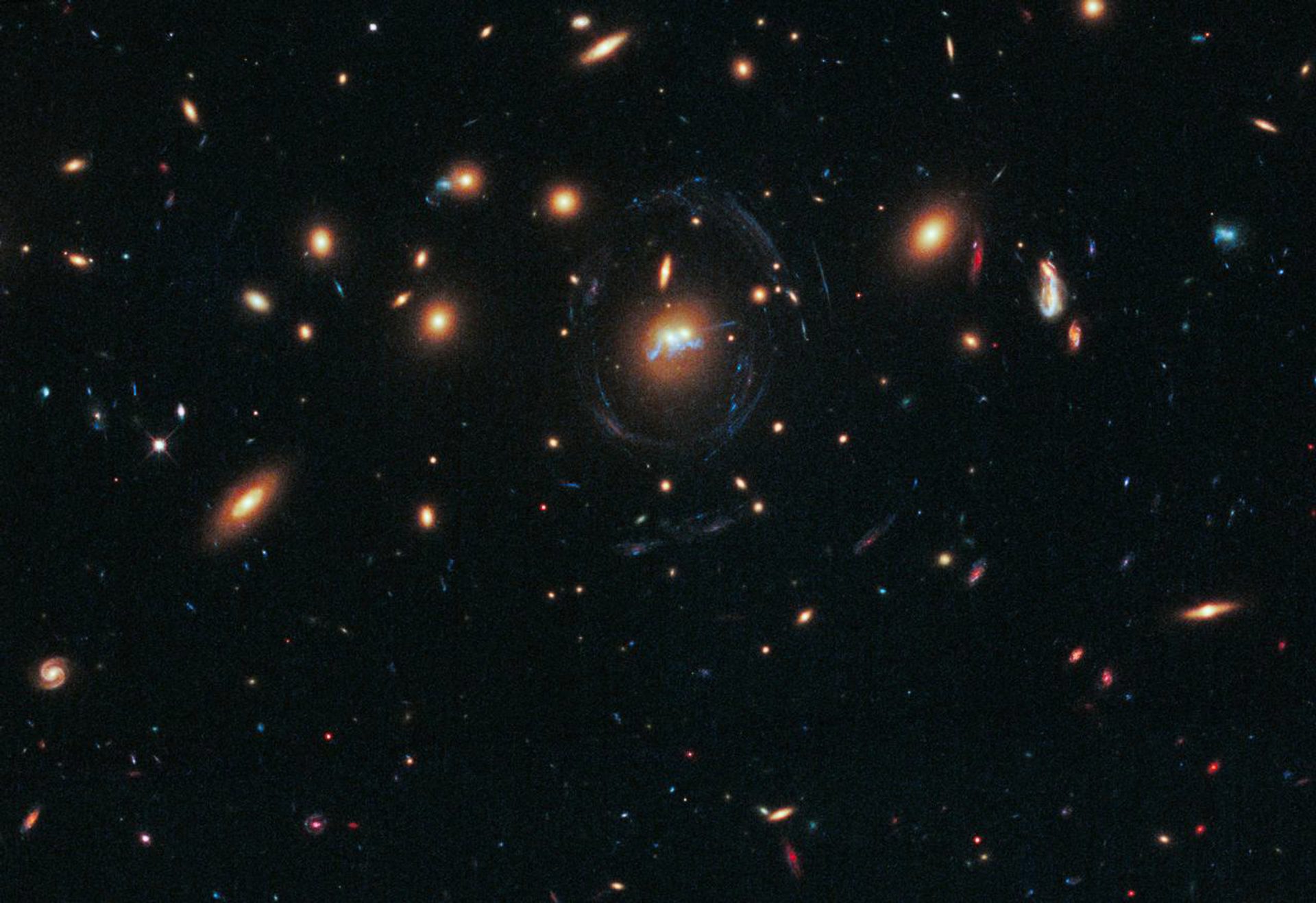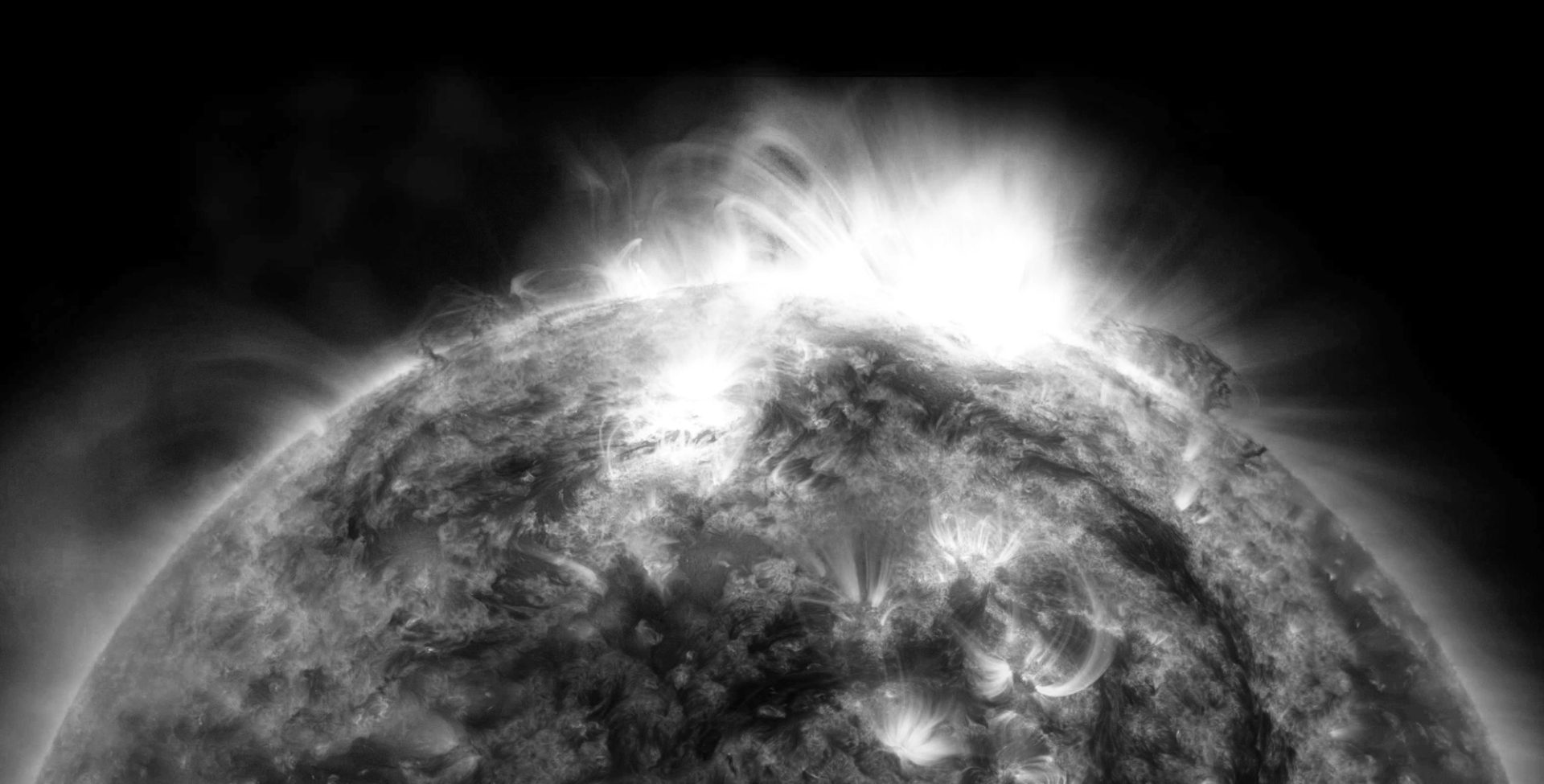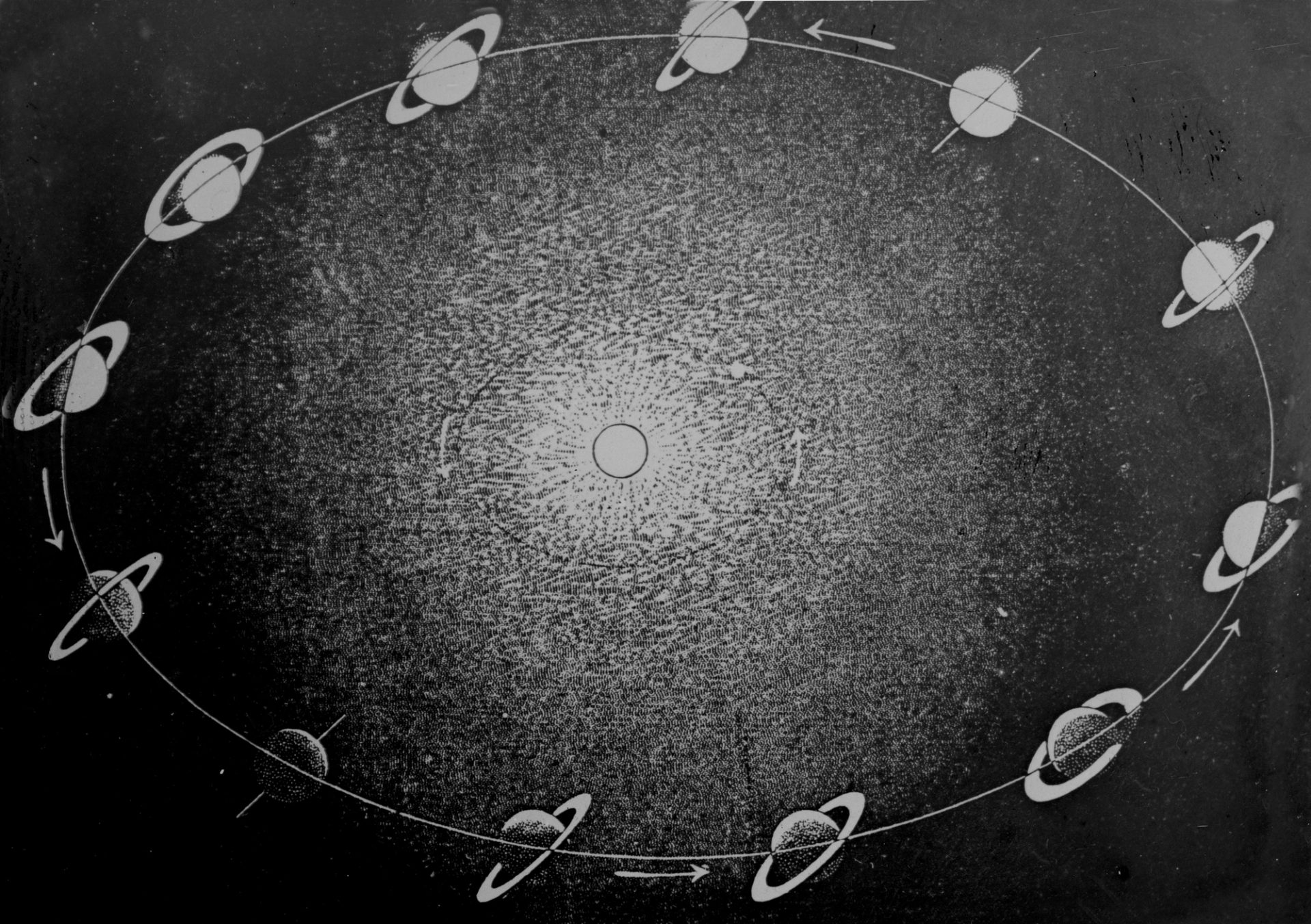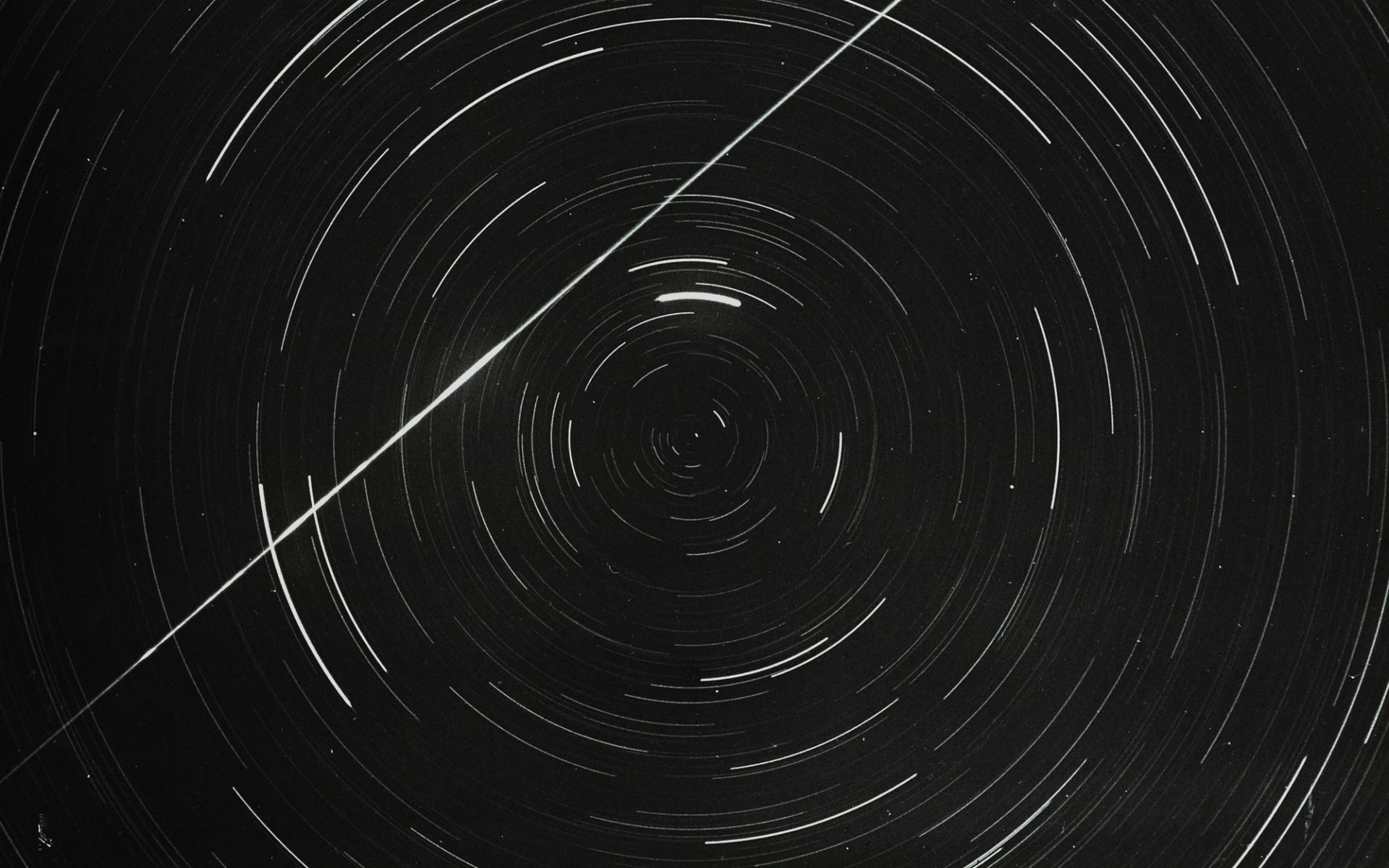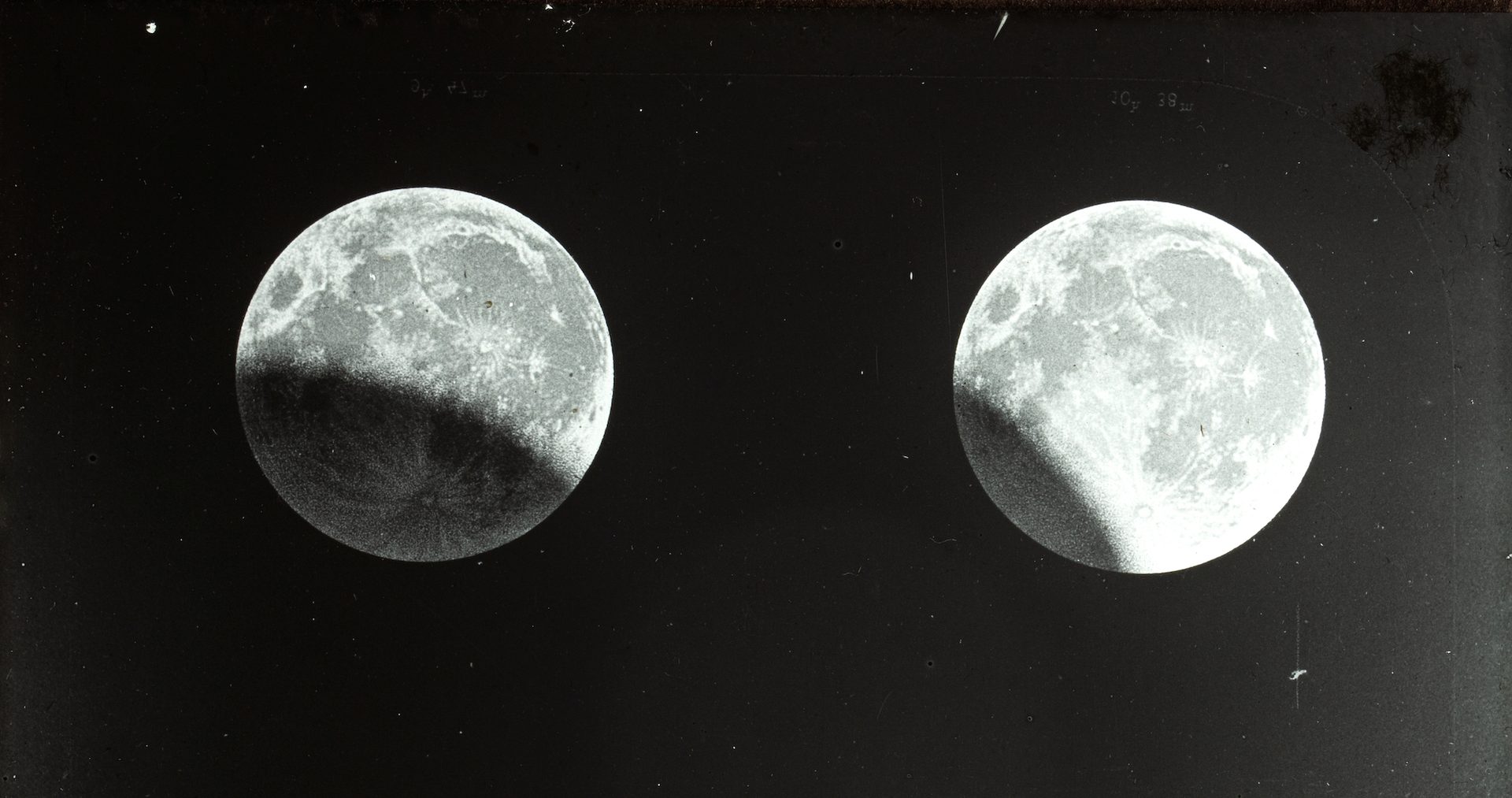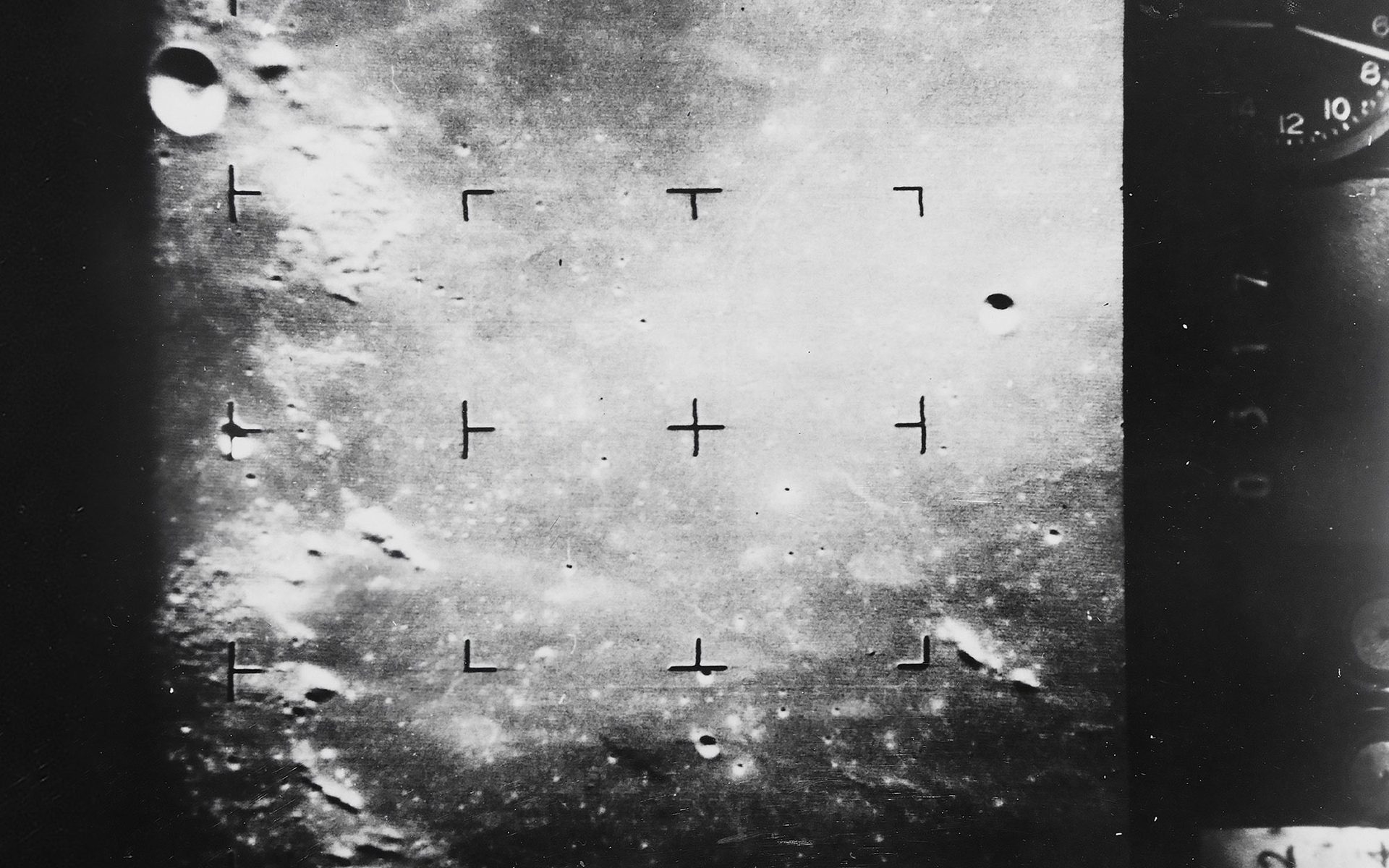Sky Guide September 2024

‘On 18 September the Full Moon will occur when the Moon is just a little closer to Earth than usual. As a result, it will be a little bigger and a little brighter in a phenomenon now called a supermoon. To enjoy it, make sure you find somewhere with a clear view to the eastern horizon, sit, wait and watch the stunning moonrise. Check below for times across Australia. And it you miss it this month, don’t worry there will be another supermoon next month on 17 October.’
Moon Phases
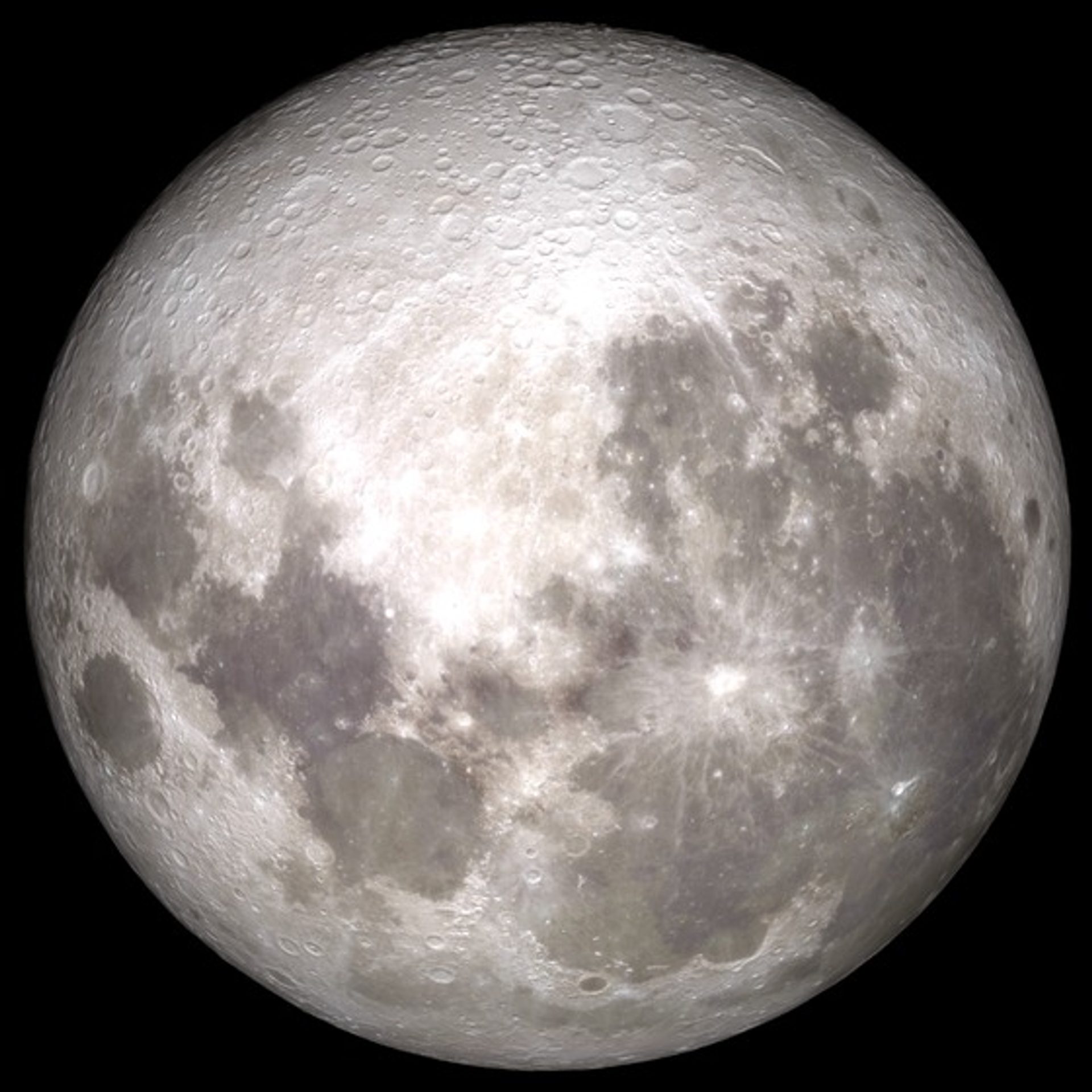
New Moon Tuesday 3 September 11:55 am AEST
First quarter Wednesday 11 September 4:05 pm AEST
Full Moon Wednesday 18 September 12:34 pm AEST*
Last quarter Wednesday 25 September 4:50 am AEST
Supermoon 18 September
The Moon has an oval, or elliptical, path varying in distance from Earth. At its closest to Earth, it is at perigee; at its farthest it is at apogee. When the full Moon is almost at perigee, it appears a little larger than usual. This has recently become known as a supermoon. Here, we define a supermoon as when the full Moon is within 24 hours of perigee. There are two supermoons in 2024, one on 18 September and one on 17 October. Thanks to a psychological effect called the Moon illusion, a moonrise during a full Moon appears larger near the horizon.
The table below gives moonrise in local time.
CITY | MOONRISE ON 18 SEP | MOONRISE ON 17 SEP
Adelaide | 6:23 pm | 7:23 pm
Auckland | 6:21 pm | 7:23 pm
Brisbane | 5:53 pm | 5:45 pm
Canberra | 6:09 pm | 7:09 pm
Christchurch 6:29 pm | 7:40 pm
Darwin | 6:57 pm | 6:34 pm
Hobart | 6:16 pm | 7:26 pm
Melbourne | 6:26 pm | 7:30 pm
Perth | 6:29 pm | 6:25 pm
Sydney | 6:00 pm | 6:59 pm
Wellington | 6:20 pm | 7:28 pm
*A partial lunar eclipse will take place on 18 September for observers in South America, the eastern half of North America, Africa and western Europe. The maximum coverage of just 8% will take place at 02:44 UT (12:44 AEST). None of the eclipse will be visible from Australia. The next lunar eclipse visible from Australia will take place in September 2025.
Planets
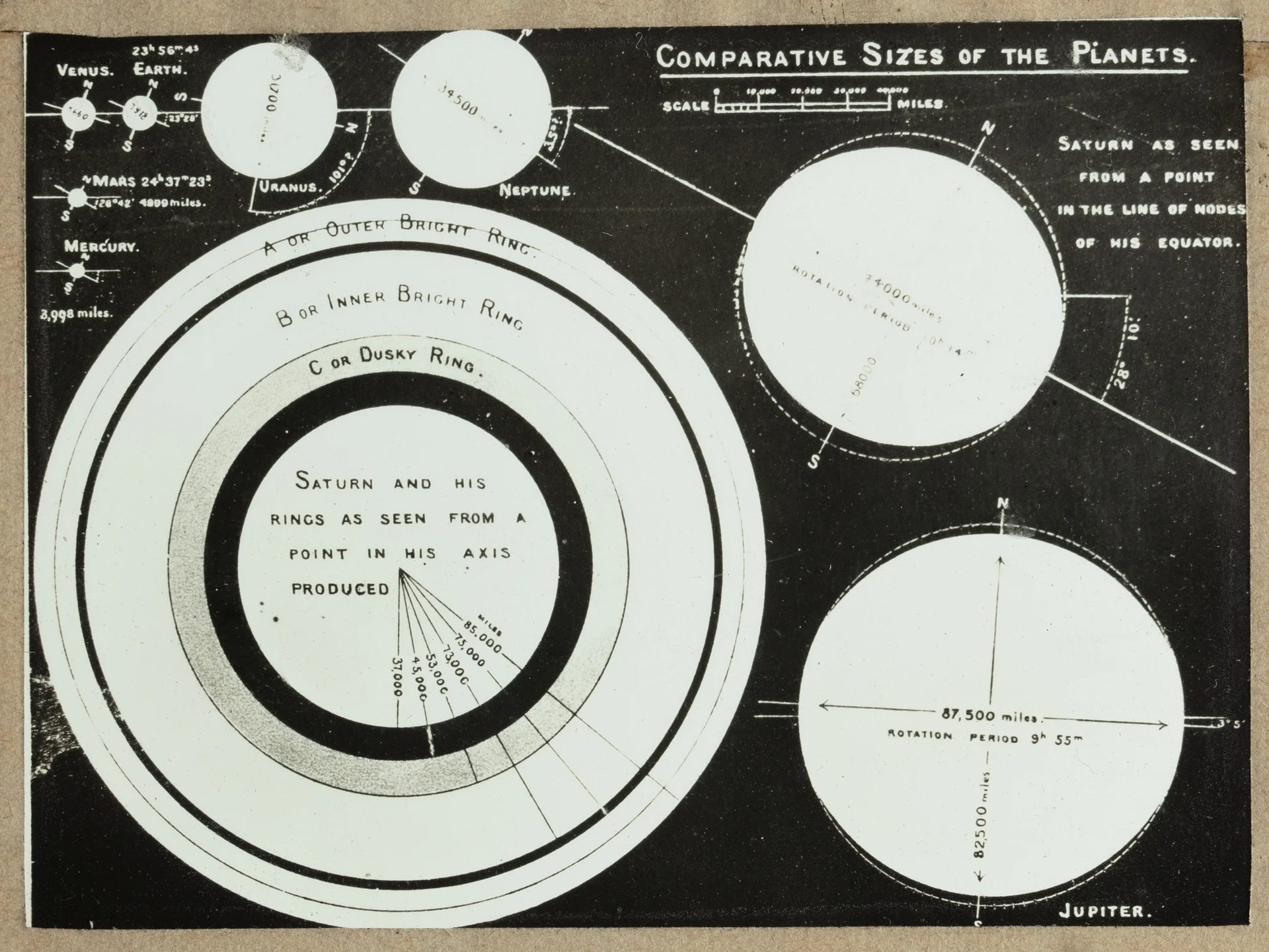
EVENING
Venus is low in the west in Virgo for most of the month, but moving to Libra at the end. On 5 September, a thin crescent Moon is below and to the left or south at a separation of three Moon-widths. On 18 September, Venus passes Spica, the brightest star of Virgo, at a separation of five Moon-widths.
Saturn is low in the east in Aquarius. On 8 September, it is at opposition; that is, opposite the Sun and at its brightest for the year. On 17 September, a bright gibbous Moon occults or covers Saturn (6:25 pm to 6:53 pm) as seen from Brisbane, but just skims past the planet as seen from elsewhere.
MORNING
Mars is in the north-east, moving from Taurus into Gemini near the end of the first week of the month. On 25 September, the lastquarter Moon is below and to the left or north of Mars, while the next morning the Moon, now a crescent, is below and to the right or east of the planet.
Jupiter is in the north in Taurus. On 24 September, the gibbous Moon is below and to the left or west of Jupiter. Saturn is low in the west.
Constellations
Constellations are groups of stars that represent mythological figures, fanciful beasts or old scientific instruments. Some have been used for millennia as a tool to share significant cultural stories and to track the passage of the weeks and months. Today they also help astronomers mark out portions of the sky and locate astronomical objects. Those listed below have been selected for their visibility in the evening up to two hours after sunset as seen from the southern hemisphere.
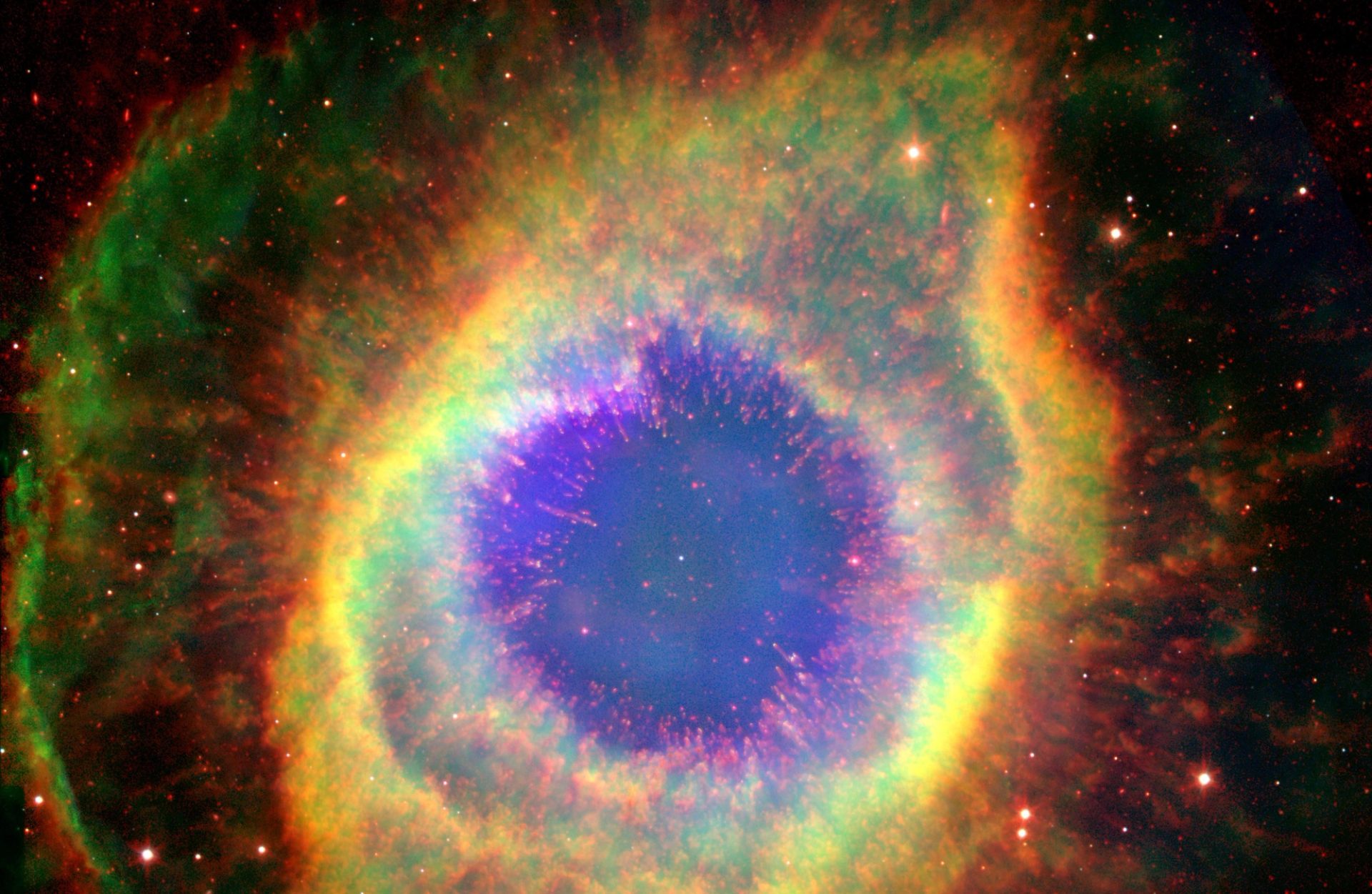
Aquarius is one of the original 48 constellations as mapped by Ptolemy and sits between Capricornus and Pisces. Aquarius is best known for the Eta-Aquarids meteor shower that peaks in early May. Like the other constellations, Aquarius is steeped in mythology, seen as Ganymede, a shepherd boy in Greek myths and as a man pouring water from a jug by the Babylonians. It has two globular clusters (NGC 7089 and NGC 7492) and two planetary nebulae that can be seen with a moderate telescope but only from a dark location, NGC 7009 the Saturn Nebula, and NGC 7293 the Helix Nebula, both of which are dead stars. The Helix is the largest planetary nebula in the sky at about 650 light years.
Capricornus the Sea Goat, also one of the original 48 as mapped by Ptolemy, is often associated with the Greek god of nature, Pan. He transformed his lower half into a fish to swim to safety during an attack on Jupiter by Typhon. Halfway through the transformation he played a loud note on his conch shell which distracted Typhon long enough for Jupiter to strike him down with thunderbolts. As a reward, Jupiter placed him in the sky as he was: half-goat, half-fish. It is a faint constellation and looks more like a partially collapsed triangle. It contains no easily seen deep sky objects other than the globular cluster M30, about 27,000 light years away. It is the smallest and second-faintest constellation of the zodiac.
Centaurus the half-man half-horse represents the scholarly Chiron, tutor of many of the Greek gods and heroes including Heracles, Achilles and Jason. Its two brightest stars, Alpha Centauri (the closest star system to the Sun) and Beta Centauri, make up the front legs of the centaur. When used with Crux, they help find south. It also contains the most spectacular globular cluster of all, Omega Centauri NGC 5139. Centaurus was one of the original 48 constellations as mapped by Ptolemy and originally included Crux before the latter was identified separately in the 17th century CE. Its two brightest stars, Alpha and Beta Centauri are collectively known as the Pointers as they can be used to identify the Southern Cross.
Crux or the Southern Cross is the smallest of all 88 western constellations and consists of four bright stars. Along with the nearby Pointers of Alpha and Beta Centauri, Crux can be used to find south. Draw an imaginary line from the top of the cross shape though the bottom and across the sky. Midway between the Pointers draw a line perpendicular to the line that joins them. Where these two longer lines intersect is close to the southern celestial pole. From this point drop to the horizon to locatesouth. This technique works at any time of the night, any time of the year. The superb open cluster NGC 4755 (Jewel Box) appears very closeto the second brightest star, Beta Crucis.
Libra has been recognised historically as scales or a part of Scorpius, forming the scorpion’s claws. However, the Romans made it the separate set of scales we are familiar with today. The former association of Libra and Scorpius is reflected in the names of the two brightest stars in Libra: Zubenelgenubi and Zubeneschamali, meaning ‘the southern claw’ and ‘the northern claw’ respectively. Libra is host to the star Gliese 581, the first star identifiedto have an Earth-like exoplanet.
Ophiuchus the serpent bearer is an ancient constellation and one of the original 48 as mapped by Ptolemy. It is said to represent the mythical healer Aesculapius. It sits close to the galactic centre in Sagittarius. It is now the thirteenth zodiac sign with the Sun, Moon and planets passing through it from 30 November to 17 December.
Sagittarius the archer is located just behind the sting of Scorpius. In Greek mythology the archer is a centaur pointing his arrow towards the heart of Scorpius, although from the southern hemisphere this constellation looks more like a teapot. Sagittarius is home, as we see it, to the centre of our galaxy, the Milky Way. At this centre is a monstrous black hole about four million times the mass of the Sun and 26,000 light years away. Called ‘Sagittarius A *’ (pronounced as Sagittarius-A-Star), images taken in 2017 and released in May 2022 from NASA’s Event Horizon Telescope (EHT) show matter swirling around it at close to the speed of light. The event horizon is about the same distance from the singularity as Mercury is from our Sun.
Scorpius the scorpion is one of the easiest constellations to pick out as it is one of the few that does look like what it’s supposed to represent. Among the brightest parts of the Milky Way along with Sagittarius, the red supergiant star Antares (Rival of Mars) marks the heart of the scorpion. From the heart, three stars mark the head and claws while moving the other way we see the body, hooked tail and sting. The scorpion plays a role in many myths; however, it is best known in Greek mythology for its pursuit of Orion through the night sky. Scorpius dominates the sky from June to August when it sits high overhead. It contains the globular cluster M4, the first in which individual stars were resolved approximately 6000 light years away. It also has two open clusters M6 the Butterfly cluster, which is 100 million years old, and M7 the Ptolemy cluster at 200 million years old.

Deep sky
Alpha Centauri is a triple star system consisting of Alpha Centauri A and B, and the closest star to our Sun, Proxima Centauri (Alpha Centauri C) at 4.2 light years away. Proxima Centauri is a red dwarf star, only visible through large telescopes, and revolves around the other two stars once every 550,000 years. Two planets have been confirmed in orbit around Proxima: Proxima b and Proxima c. Proxima b is an Earth-mass planet discovered in 2016, which is located within the habitable zone of Proxima Centauri, while Proxima c is a super-Earth exoplanet discovered in 2020, which orbits the star once every 1928 days.
Centaurus A (NGC 5128) was discovered from Parramatta NSW in 1826. It is the fifth brightest galaxy in the sky making it visible to small telescopes from a dark location. It is most famous for its dark central dust lane and brightness in the X-ray and radio spectraas a result ofrelativistic jets ejected from the central black hole thought to be 55 million times more massive than the Sun.
The Jewel Box (NGC 4755) is an open star cluster approximately 10 million years old. It is close to Beta Crucis (Mimosa), the second-brightest star in Crux (Southern Cross) and in binoculars and small telescopes appears as an ‘A’ shape. It is about 20 light years across, and has around 100 stars, most of which are blue, including some blue and red super giants such as DU Crucis which is around 500 times the diameter of the Sun. The Jewel Box is one of the youngest open clusters in our skies with an estimated age of about 14 million years. It lies at a distance of about 6400 light years.
The Small Magellanic Cloud (SMC) is the smaller of two satellite galaxies of our own Milky Way. It is locatedin Tucana and is approximately 200,000 light years away. It contains around 3 billion stars.
M4 is the closest globular cluster to Earthat 5500 light years away. M4 is easy to locate, sitting next to the red supergiant star, Antares, in Scorpius. The cluster contains more than 100,000 stars with approximately 40,000 of these being white dwarf stars.
M6 the Butterfly cluster and M7 Ptolemy’s cluster are two open star clusters found near the sting of the Scorpion. M6 is about 1600 light years away and M7about 980 light years.
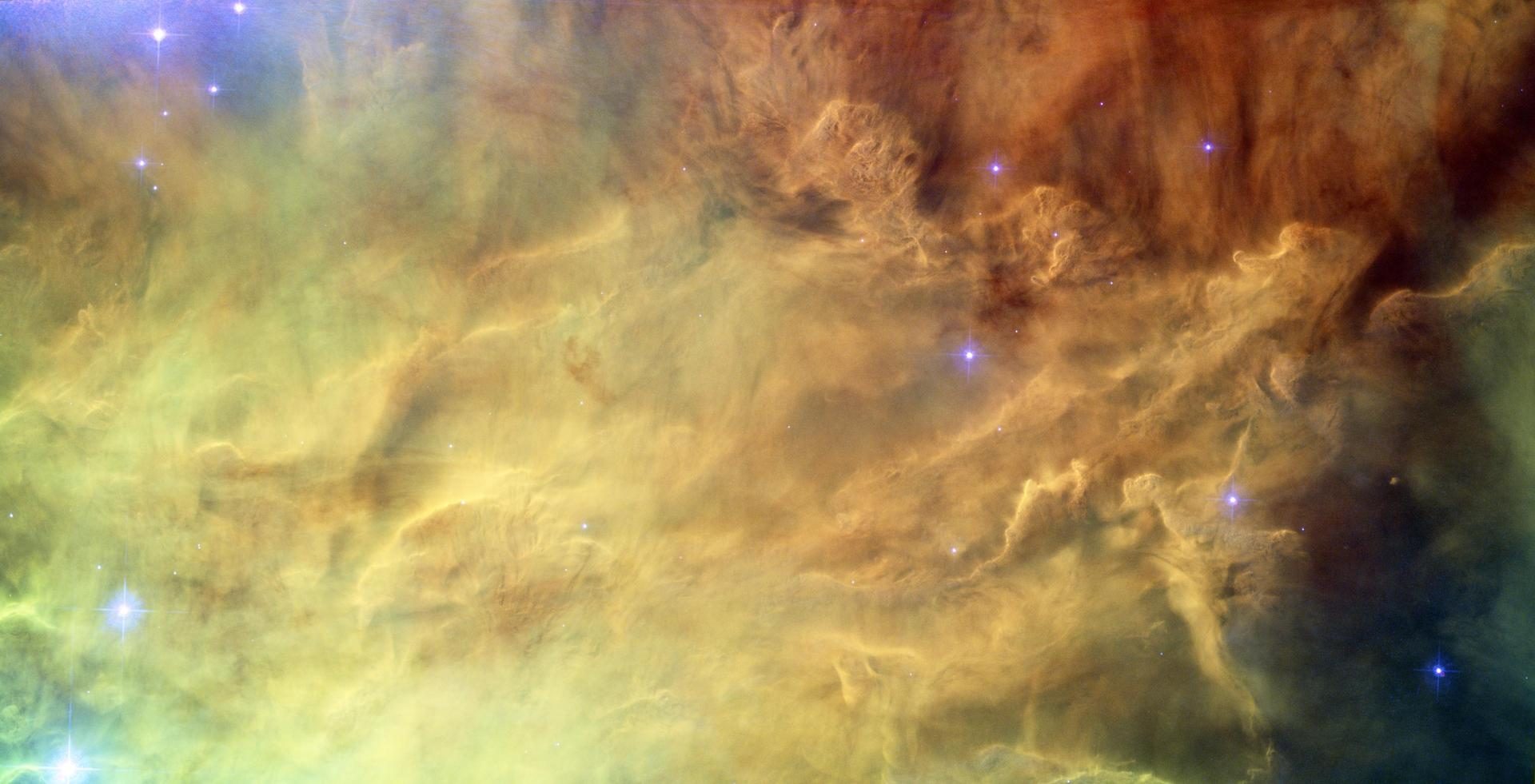
The Lagoon Nebula (M8) in Sagittarius is a huge star-forming cloud that is just visible to the unaided eye from a dark location. It is about 5000 light years away and 130 light years across. M8 contains a hot young cluster of baby stars (NGC 6530) and their powerful UV light makes the cloud glow.
M15 is the first globular cluster that was found to contain a planetary nebula. A rare intermediate mass black hole also resides at the centre of M15 and is thought to be 4000 times the mass of our Sun. M15 lies about 33,600 light years from us in the constellation of Pegasus and is best seen through binoculars or a telescope.
Omega Centauri (NGC 5139) is the brightest and largest of approximately 150 globular clusters orbiting the Milky Way. It is so bright it was labelled on early sky charts by Ptolemy and is one of the few objects in the sky that carries both a star designation and an object catalogue designation. Omega Centauri shines with the luminosity of a million suns and is relatively close to us, only 15,800 light years away. It contains approximately 10 million stars and some theories suggest it could be the remnant core of a galaxy that is merging with the Milky Way.
47 Tucanae (NGC 104) is a globular cluster second only to Omega Centauri. It sits beside, but is unrelated to, the SMC in the constellation Tucana. It can be easily seen with the unaided eye away from city lights due to its very dense star core. 47 Tucana is approximately 15,000 light years from us.
Special Events
The Spring equinox, when the Sun crosses from the northern to the southern sky, occurs on Sunday 22 September at 10:44pm. On this day, the Sun rises and sets due east and west. The length of day and night is almost equal but not quite.
T Coronae Borealis (T CrB) the Blaze Star, located low in the northwestern sky just after sunset this month lies the small constellation of Corona Borealis – the Northern Crown. It is not normally of significant interest to those in the Southern Hemisphere – until now. While it cannot be guaranteed, a star within the constellation, designated T Coronae Borealis (or T CrB), may brighten suddenly as a nova. Nova means 'new', so this star, which is normally too faint to see, brightens in just a few hours to become equal to the fourth brightest star in the Southern Cross (called Delta Crucis). To the eye it is a 'new' star in the sky. Why? T CrB is composed of a huge red giant star and a tiny white dwarf star, which is about the size of the Earth but with more mass than the Sun. Gas is drawn off the giant onto the dwarf by gravity. Every 80 years or so the extra mass triggers an enormous and very bright thermonuclear explosion on the surface of the dwarf – but not so enormous as to destroy the white dwarf totally in a supernova.
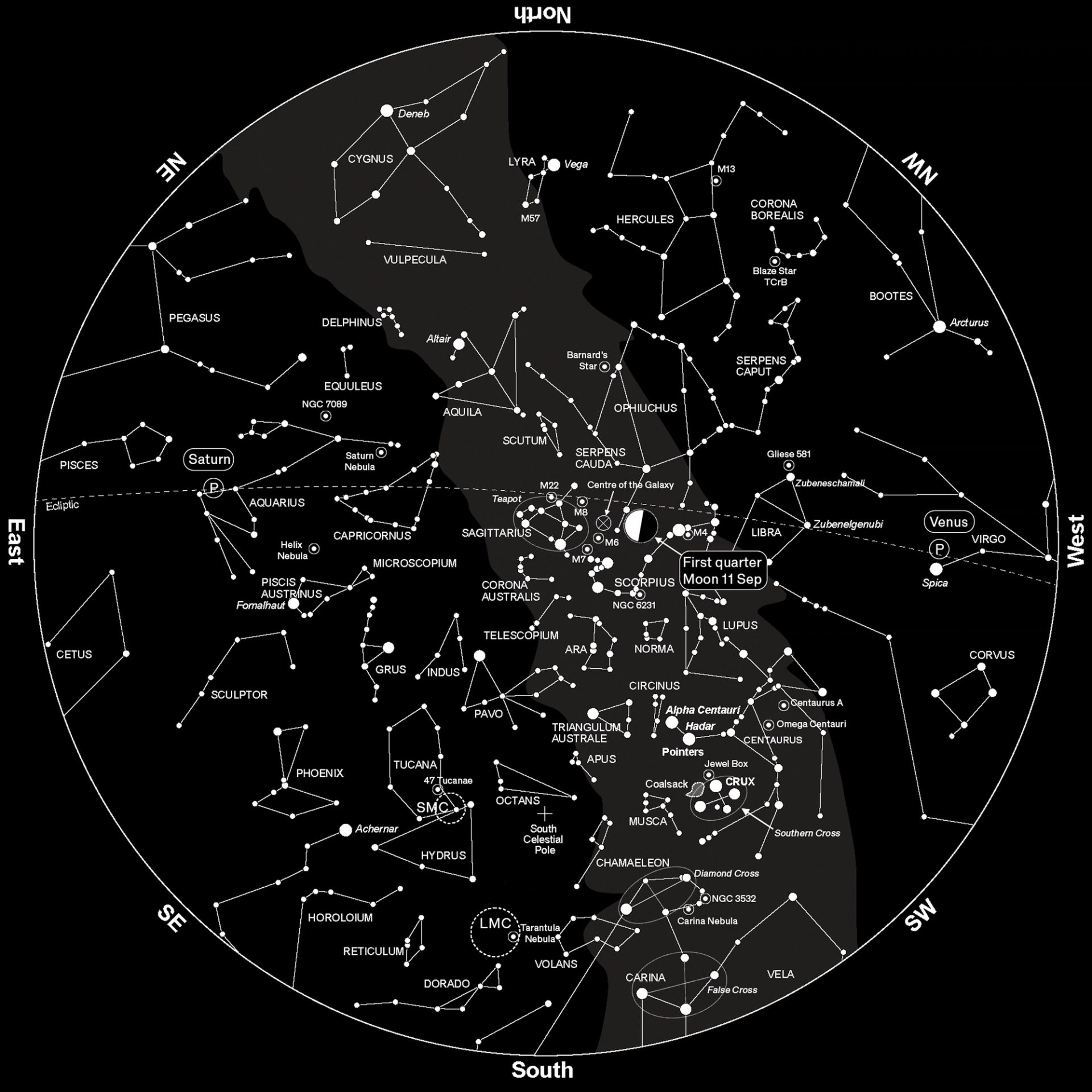

Sydney Observatory
Open for pre-booked tours, located on Gadigal land, a national place of connection and scientific research. The site is undergoing heritage conservation works.











